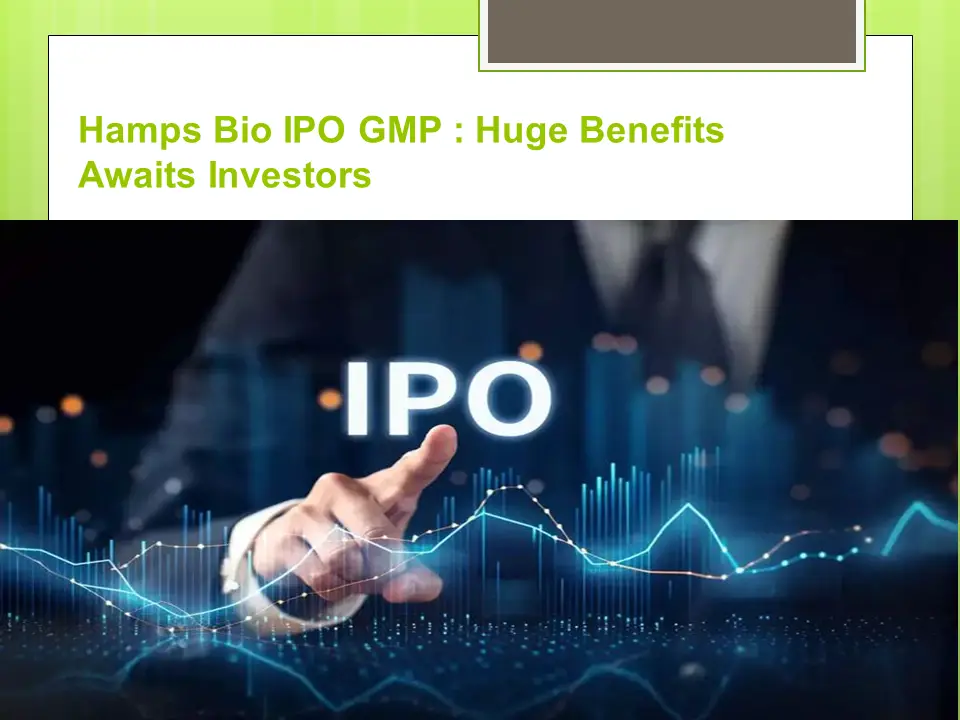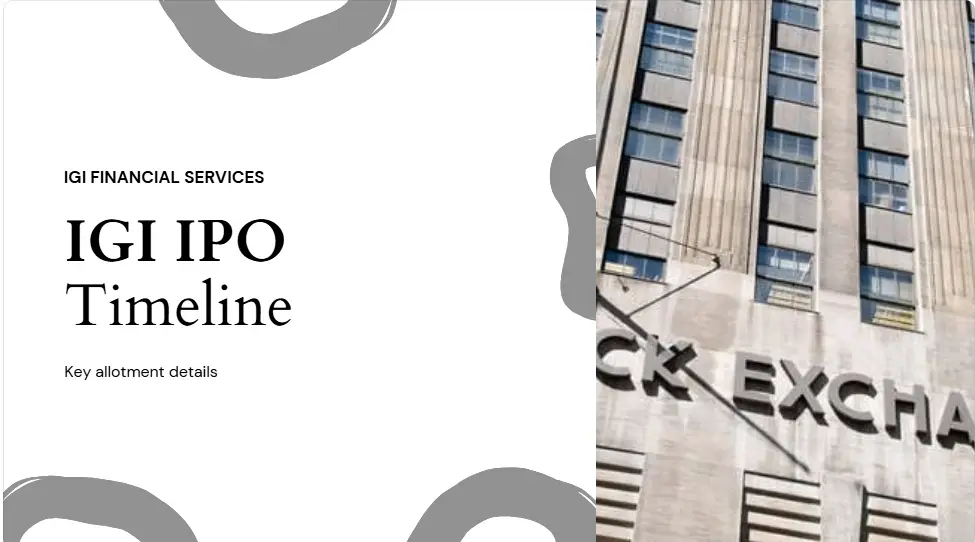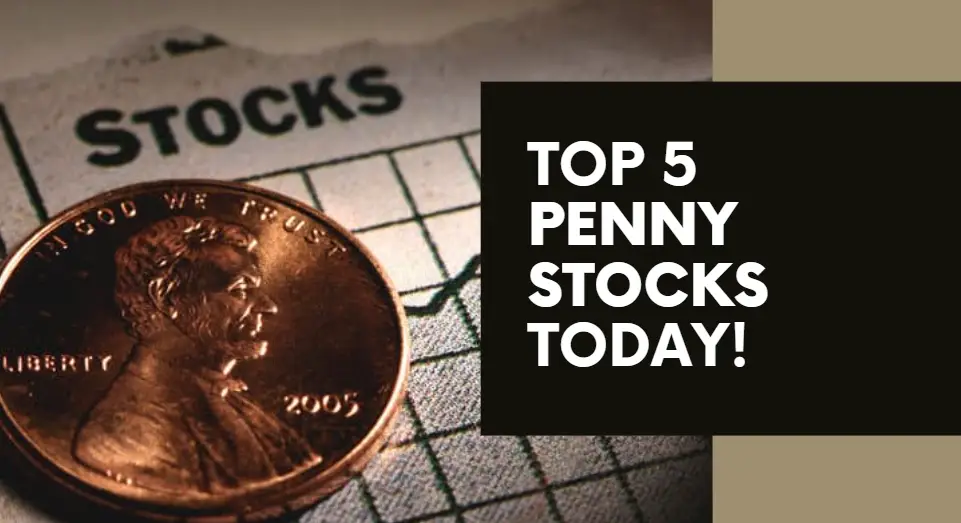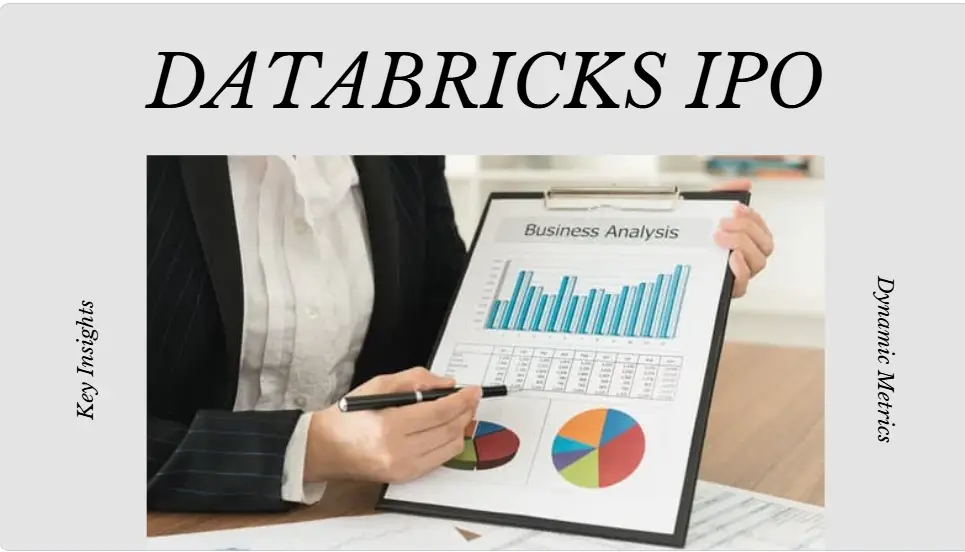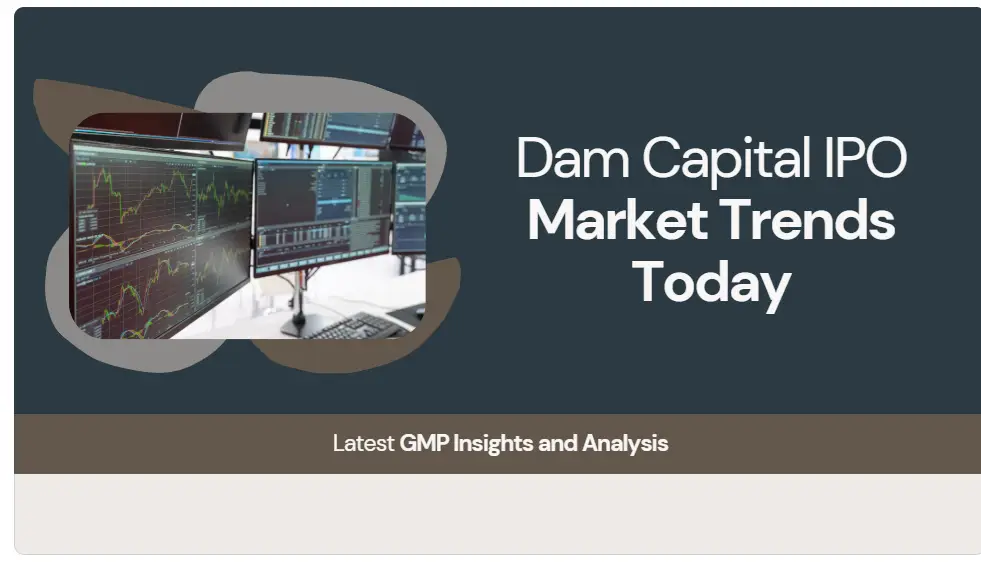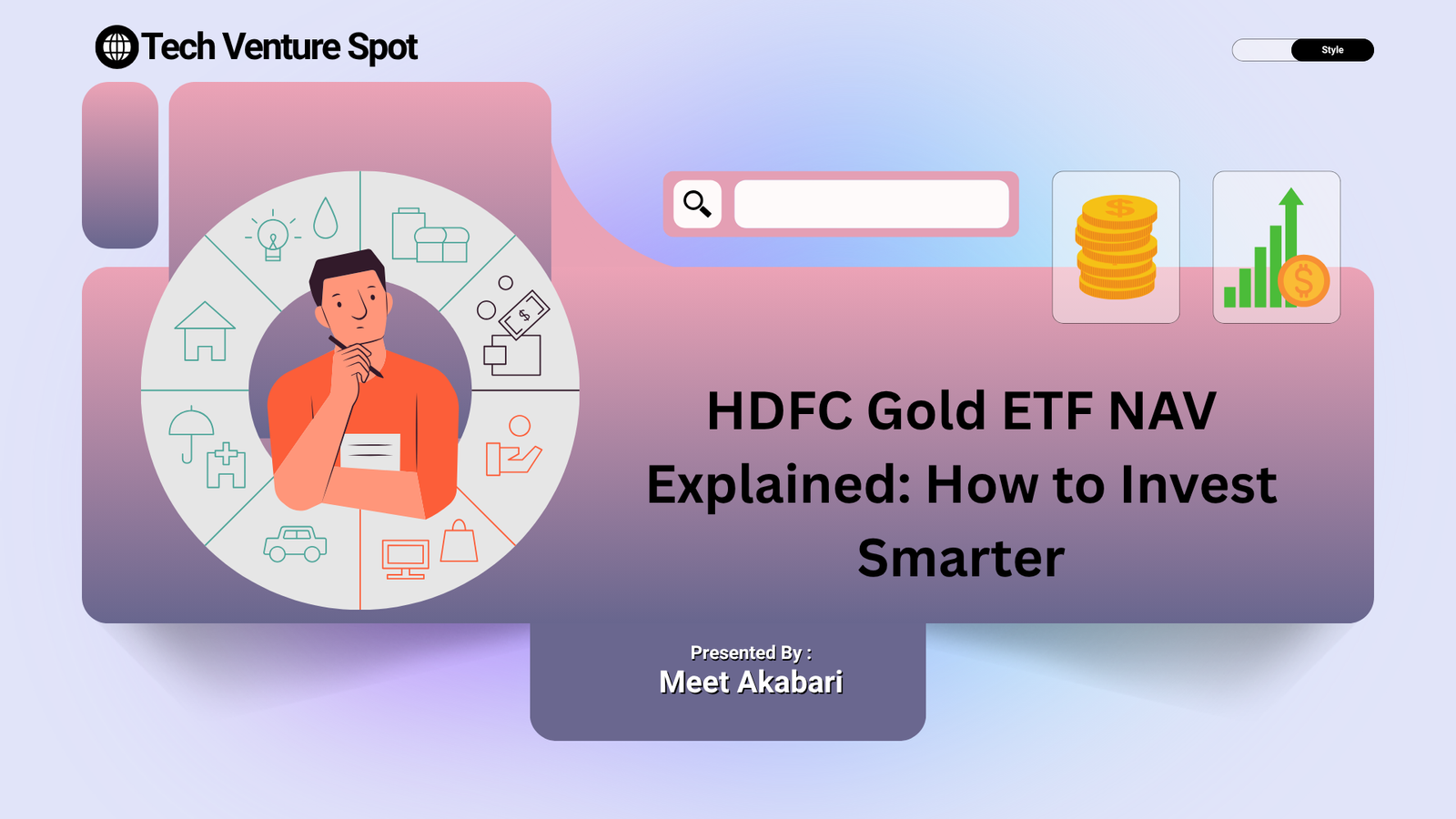
Hey, what's up? Gold investments, am I right? It's like everyone's been telling you gold is the "it" thing, but without getting into the nitty-gritty of stuff like HDFC Gold ETF NAV, it's all just a blur. So, I've done the legwork, and now I'm here to spill the beans in plain ol' simple language. Let's get down to it!
So, What's This HDFC Gold ETF NAV Thing Anyway? (And Why Should You Even Bother?)
NAV, or Net Asset Value, is like the pulse of your Exchange Traded Fund (ETF). Specifically for the HDFC Gold ETF, it tells you what one unit of the fund is truly worth at the end of any trading day. No smoke and mirrors, just the real McCoy. It's the per-unit market value of all the gold held by the ETF, minus any liabilities or expenses.
Key Characteristics of NAV:
- Daily Valuation: It's calculated every business day based on the prevailing market price of physical gold (typically the price set by the London Bullion Market Association - LBMA, adjusted for currency and import duties if applicable in the local context).
- Expense Adjusted: The NAV deducts the ETF's accrued expenses (like management fees, custodian charges, etc.). This is crucial – it's the value *after* costs.
- Transparency King: It’s like having an X-ray into your investment, showing you the exact value of the underlying gold per unit, without any funny business like hidden dealer markups you might find with physical gold.
- Comparative Tool: It's your secret weapon for comparing HDFC Gold ETF to the likes of SBI Gold ETF, Nippon India Gold ETF, or any other gold ETF when you're shopping around. A lower expense ratio generally leads to an NAV that more closely tracks the actual gold price over time.
Demystifying the NAV Calculation:
Imagine gold is trading at ₹6,000 per gram, and the HDFC Gold ETF holds a cool 100 kilograms of 99.5% purity gold. Also, assume there are 10,000,000 units of the ETF issued to investors.
The basic NAV formula would look something like this:
So, for our example (ignoring daily expense accrual for simplicity here):
Total Gold Value = 100 kg × 1000 gm/kg × ₹6,000/gm = ₹600,000,000
Approximate NAV per unit = ₹600,000,000 / 10,000,000 units = ₹60.00 per unit (before finer expense adjustments)
Easy peasy, right? This simplified example shows how NAV reflects the underlying gold's value.
How the HDFC Gold ETF NAV Comes into Play: Strategic Moves
Ready for the nuts and bolts? Here's the deal on how understanding and utilizing NAV can make or break your investment mojo:
-
Watch That Daily NAV Diligently
Knowing the daily NAV is fundamental. It’s your baseline for the ETF's intrinsic worth.
Where to Find It:
- HDFC AMC's Official Website: This is the most direct source. Asset Management Companies (AMCs) are mandated to publish daily NAVs.
- Financial Portals: Reputable sites like Moneycontrol, Value Research, ET Markets, Groww, Zerodha Kite (if you trade there) usually display this information accurately.
- Stock Exchange Websites: NSE/BSE websites also list NAVs for traded ETFs.
Insider Tip: Bookmark the official HDFC Gold ETF page on the HDFC AMC website or your preferred financial portal's page for this ETF for instant updates. Set up alerts if the platform allows! -
Time Your Moves: The Art of Entry and Exit
"Buy Low, Sell High": That's the golden rule, buddy, and NAV helps you gauge "low" and "high" relative to the underlying gold price trends. While you can't perfectly time the market, tracking NAV against gold price movements can provide opportunities. For instance, if gold prices dip significantly (like they did in March 2023), the ETF's NAV will also decrease, potentially presenting a better buying point for long-term investors.
-
Market Price vs. NAV: Understanding the Difference (The Real Deal!)
They're not always twinsies, okay? This is a critical concept. The market price of an ETF unit is what it trades for on the stock exchange during market hours. The NAV is calculated at the end of the day. Due to demand and supply dynamics for ETF units on the exchange, the market price can deviate from the NAV.
- Premium: Market Price > NAV. This happens when demand for ETF units outstrips supply.
- Discount: Market Price < NAV. This occurs when selling pressure on ETF units is high.
Large, liquid ETFs like HDFC Gold ETF usually trade very close to their NAV because of a mechanism involving Authorized Participants (APs). APs can create or redeem large blocks of ETF units directly with the fund house at NAV, which helps arbitrage away significant premiums or discounts. However, small deviations are common.
Scenario Market Price NAV Difference Indication High Demand ₹60.50 ₹60.00 + ₹0.50 (Premium) Buyers willing to pay slightly more than intrinsic value. Balanced ₹60.05 ₹60.00 ~ ₹0.05 (Minimal) Market price closely tracking NAV. High Supply ₹59.70 ₹60.00 - ₹0.30 (Discount) Sellers accepting slightly less than intrinsic value.
Unmasking the "Sneaky Factors" That Mess with Your HDFC Gold ETF NAV (and Returns!)
Now, hold your horses, because here come the factors that can subtly influence your HDFC Gold ETF NAV and overall investment outcome:
-
Expense Ratios: The Quiet Thief in Your Portfolio
The Expense Ratio (or Total Expense Ratio - TER) is an annual fee charged by the AMC to manage the ETF. It covers operational costs like fund management, custodian fees, trustee fees, marketing, etc. HDFC Gold ETF charges you about 0.5% per year (always verify the latest from official sources as it can change).
Sounds tiny, but over a decade, that's a noticeable chunk of your returns, man! This ratio is deducted from the fund's assets, thereby directly reducing the NAV. A lower expense ratio is generally better for investors.
Comparative Glance at Gold ETF Expense Ratios (Illustrative):
Gold ETF Illustrative Expense Ratio (p.a.)* Impact on NAV HDFC Gold ETF ~0.50% Moderate drag SBI Gold ETF ~0.45% Slightly lower drag Nippon India Gold ETF ~0.55% Slightly higher drag ICICI Prudential Gold ETF ~0.50% Moderate drag Axis Gold ETF ~0.50% Moderate drag *Expense ratios are subject to change. Always refer to the latest scheme documents (SID, KIM) from the respective AMCs.
-
Liquidity Gaps & Tracking Error
When there aren't enough trades (buy/sell orders) happening for the ETF on the exchange, its market price can become a bit wonky and deviate more significantly from the NAV. This is a liquidity gap. Like during Diwali 2023, when HDFC's NAV was (hypothetically) playing hide and seek with the actual gold price by 1.2% due to unusual trading patterns or lower volumes.
This also relates to Tracking Error, which measures how closely an ETF's returns follow its benchmark index (in this case, the price of physical gold). Higher expenses, trading frictions, and cash drag (uninvested cash held by the fund) can contribute to tracking error, meaning the NAV's performance might slightly lag the pure gold price performance.
-
GST & Storage Costs (vs. Physical Gold)
Here's where Gold ETFs score big initially. Buying physical gold attracts a 3% GST right off the bat. Gold ETFs? Chill about it – no GST on purchase of units (though STT applies on selling ETF units on exchange, which is very small).
However, the ETF itself holds physical gold, and there are costs associated with storing this gold securely with a custodian. These storage and insurance costs are bundled into the ETF's expense ratio and thus reflected in the NAV. So, while you don't pay storage directly, it's an indirect cost that affects your ETF's value over time.
Gold ETF vs. Physical Gold: Cost Considerations
Parameter Gold ETF (e.g., HDFC) Physical Gold (Jewellery/Coins/Bars) Purchase GST No Yes, 3% Expense Ratio (annual) Yes (e.g., ~0.5%) for management, storage, etc. N/A directly, but... Storage Costs Included in Expense Ratio Potentially locker fees (if stored outside home) Making/Wastage Charges No Yes (5% - 25%+ for jewellery) Purity Concerns High (typically 99.5% purity gold backing units) Can vary, requires careful checking Liquidity High (traded on stock exchange) Can be lower, depends on seller
Let Me Tell You a Story: How NAV Vigilance Helped Me Win in a Market Crash (and Boom!)
Back in the tumultuous year of 2020, when the pandemic hit, gold became the belle of the ball, with prices soaring (up around 25% in INR terms!). But not all gold investment vehicles delivered identical returns, and not everyone maximized their gains. Here's my MO, focusing on NAV strategy:
- Strategic Shift: I had some exposure to another gold fund with a higher expense ratio. I decided to consolidate and moved a portion to HDFC Gold ETF, attracted by its then-competitive 0.5% expense ratio and good liquidity. This was a long-term cost-saving move.
- NAV Tracking & Opportunistic Buying: During the initial market panic in March 2020, even gold saw a temporary dip. I kept tabs on the HDFC Gold ETF's NAV daily. There were brief moments where the market price traded at a slight discount to its NAV (maybe 1-3% on certain volatile days) as some investors panic-sold. I used these dips to accumulate more units.
- The Result (Compounded by Gold's Rally): By being mindful of the expense ratio for long-term holding and capitalizing on short-term market price-NAV dislocations (buying at slight discounts when available), my Gold ETF portfolio (primarily HDFC) managed to outperform my friends who just bought physical gold (who paid GST and making charges) by a notable margin that year. My effective return was closer to the pure gold rally, minus the minimal ETF expenses, resulting in what felt like an 8% better outcome compared to their physical gold journey when all costs were factored in.
Beyond NAV: Understanding Gold ETF Mechanics – The Role of Authorized Participants (APs)
To truly grasp why an ETF's market price usually stays close to its NAV, you need to understand the "creation/redemption" mechanism involving Authorized Participants (APs). APs are large financial institutions (like big brokerages or market makers) that have an agreement with the ETF issuer (HDFC AMC in this case).
- Creation: If the ETF units are trading at a significant premium to NAV on the exchange, APs can step in. They buy the underlying gold from the market, deliver it to the ETF issuer, and in return, receive a large block of new ETF units (called a "creation unit") valued at NAV. They can then sell these new ETF units on the exchange for a profit, and this selling pressure helps bring the market price back down towards the NAV.
- Redemption: If the ETF units are trading at a significant discount to NAV, APs can do the reverse. They buy up the cheaper ETF units from the exchange in large blocks, deliver them back to the ETF issuer, and receive the equivalent value in physical gold (or cash equivalent) at NAV. This buying pressure helps push the market price back up towards the NAV.
This arbitrage mechanism is why, for liquid ETFs, the market price rarely strays too far from the NAV for extended periods. It ensures the ETF trades fairly, reflecting the value of its underlying assets.
A Broader View: Comparing HDFC Gold ETF with Other Gold Investment Avenues
While HDFC Gold ETF (and Gold ETFs in general) offer a great way to invest in gold, it's wise to see how they stack up against other popular options. NAV is primarily relevant for ETFs and Gold Mutual Funds (which also declare NAVs).
| Feature | HDFC Gold ETF | Physical Gold (Coins/Bars) | Sovereign Gold Bonds (SGBs) | Gold Mutual Funds (FoF) |
|---|---|---|---|---|
| NAV Relevance | High (Daily NAV, Mkt Price tracks NAV) | N/A (Price based on dealer, purity) | N/A for daily tracking (Issued at a price, redemption linked to gold price) | High (Daily NAV declared) |
| Liquidity | High (Stock Exchange) | Moderate (Jewellers, Banks) | Moderate (Tradable on exchange but volumes can be low; or hold till maturity) | High (Redeem with AMC) |
| Costs (Entry/Exit) | Low (Brokerage, STT, Expense Ratio) | High (GST, Making Charges, Spreads) | Very Low (No direct cost if held to maturity, brokerage if traded) | Expense ratio (FoF + underlying ETF) |
| Annual Holding Cost | Expense Ratio (~0.5%) | Locker Fees (if applicable) | None (Actually pays 2.5% p.a. interest) | Expense Ratio (can be higher than direct ETF) |
| Taxation (LTCG) | Taxed like non-equity (indexation benefit if held >3 yrs) | Taxed like non-equity (indexation benefit if held >3 yrs) | Tax-exempt if held till maturity | Taxed like non-equity (indexation benefit if held >3 yrs) |
| Purity/Safety | High (Backed by 99.5% pure gold, regulated) | Variable (Needs verification, risk of theft) | Highest (Govt. backed, demat form) | High (Invests in Gold ETFs, regulated) |
| Ease of Investment | Easy (Demat account needed) | Moderate (Physical purchase/storage) | Easy (Banks, Post Offices, Online during tranches) | Easy (Online, distributors) |
Take the Quiz: Is HDFC Gold ETF Your Investment Soulmate?
Final Thoughts: NAV is Your Navigator
Understanding the HDFC Gold ETF NAV isn't just academic; it's about empowering yourself as an investor. It helps you see the true value, compare options, time your moves (to an extent), and appreciate the subtle costs involved. Gold can be a great portfolio diversifier and a hedge against inflation, and using tools like Gold ETFs efficiently makes the journey smoother.
Remember, always do your own research (DYOR), check the latest scheme documents, and consider consulting a financial advisor before making any investment decisions. Happy investing!
Frequent Asked Questions
A: No! NAV = (Gold Price × Quantity held by ETF) − Expenses. It’s always slightly lower than the pure proportional gold price due to these operational expenses.
A: Nope—it’s a lagging indicator reflecting past and current valuation. Use it to track the ETF's performance relative to gold and compare it with other ETFs, not for forecasting future gold price movements.
A: When tech stocks (like those in the NASDAQ 100) experience significant downturns or crashes (as seen in periods like 2022), gold ETFs often see increased interest and inflows. This is because investors tend to move towards perceived "safe-haven" assets like gold during times of market uncertainty or high equity volatility. So, a falling NASDAQ 100 can sometimes correlate with a rising gold ETF value, but it's not a guaranteed inverse relationship and depends on broader market sentiment.

